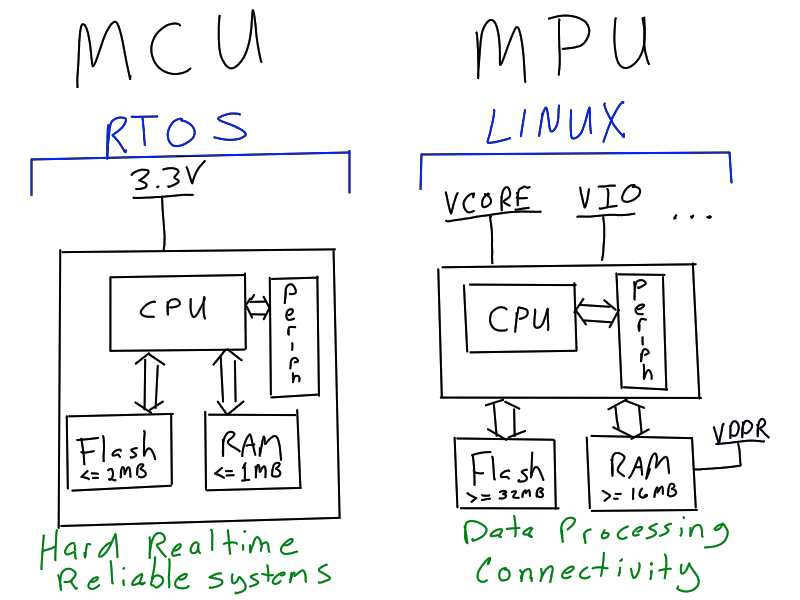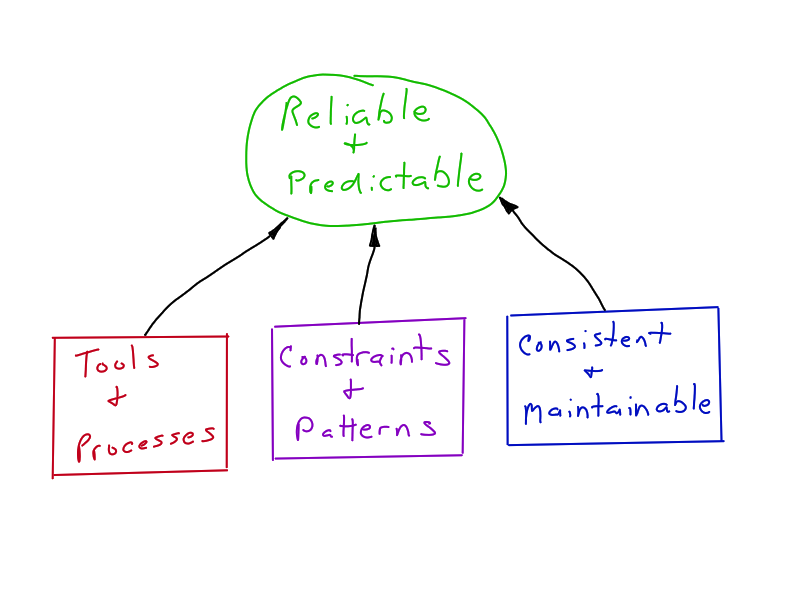Auto-formatting/linting Go code
Some things in life you just have to experience to truly appreciate the value. One of these is auto-formatting/linting source code. When I started programming in Go in Vim, I naturally looked for editor support, and found the excellent vim-go project. Through this, I learned about gofmt and then goimports. These tools can be configured in your editor to automatically format your code when you save. goimports goes a step beyond and adds missing imports and removes unused ones.
Auto-formatting is quickly becoming the norm. The Javascript world also has an excellent formatter available named Prettier. There are formatters for many other languages as well including C/C++, shell, Elm, Rust, etc. The neoformat and ALE plugins add auto-formatting functionality to Vim/Neovim. An example of how to enable these plugins in Neovim is included in my dotfiles.
Read More »Auto-formatting/linting Go code
